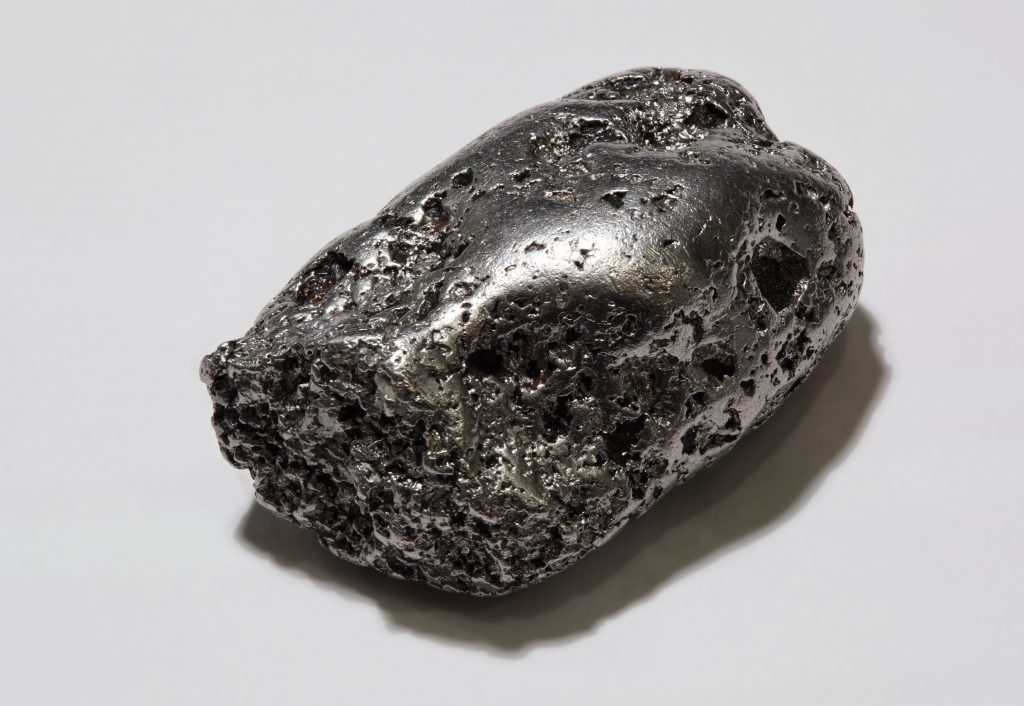Exploring the Enigmatic Black Streak: Unveiling the Mystery Mineral

In the vast realm of minerals, each possesses unique characteristics that make them fascinating subjects of study. One intriguing aspect is the color of a mineral's streak, which refers to the color of its powdered form. While most minerals exhibit a streak color that aligns with their overall appearance, there is one mineral that defies this convention. In this blog post, we delve into the enigmatic world of minerals to uncover the identity of the mineral with a black streak.
- Understanding Streak and Its Significance:
Before we unveil the mineral with a black streak, let's first grasp the concept of streak and its importance in mineral identification. Streak is determined by rubbing a mineral against a porcelain plate, leaving behind a powdered residue. This color can differ from the mineral's external appearance due to variations in chemical composition and impurities. - The Black Streak Mineral Revealed: Magnetite
The mineral that possesses a black streak is none other than magnetite. Magnetite, with its distinctive black streak, is an iron oxide mineral that exhibits strong magnetic properties. Its name originates from its natural magnetic properties, which were first discovered in Magnesia, Greece. - Properties and Applications of Magnetite:
Magnetite's black streak is a result of its high iron content, which imparts a dark color when powdered. Beyond its streak, magnetite boasts several noteworthy properties that contribute to its significance in various industries:
3.1 Magnetic Properties:
Magnetite is highly magnetic, making it a valuable resource in industries such as electronics, telecommunications, and data storage. Its magnetic properties enable the production of high-performance magnets, magnetic tapes, and magnetic resonance imaging (MRI) machines.
3.2 Iron Ore:
Magnetite is a primary source of iron ore, serving as a crucial raw material for the steel industry. Its abundance and high iron content make it an economically viable option for iron extraction, contributing to the production of steel used in construction, manufacturing, and transportation.
3.3 Environmental Applications:
Magnetite's magnetic properties find applications in environmental remediation. It is used in water treatment processes to remove contaminants, such as heavy metals, from wastewater. Additionally, magnetite nanoparticles are employed in environmental sensing and pollution monitoring.
- Recent Advancements and Future Prospects:
The world of minerals is constantly evolving, and magnetite is no exception. Ongoing research focuses on harnessing magnetite's unique properties for emerging technologies, such as renewable energy generation, catalysis, and biomedical applications. These advancements highlight the versatility and potential of magnetite beyond its black streak.
Conclusion:
In conclusion, the mineral with a black streak is magnetite, an iron oxide mineral renowned for its magnetic properties. Its black streak, resulting from its high iron content, distinguishes it from other minerals. Magnetite finds applications in various industries, including electronics, steel production, and environmental remediation. As research progresses, magnetite's role in cutting-edge technologies continues to expand, ensuring its relevance in the ever-changing world of minerals.
